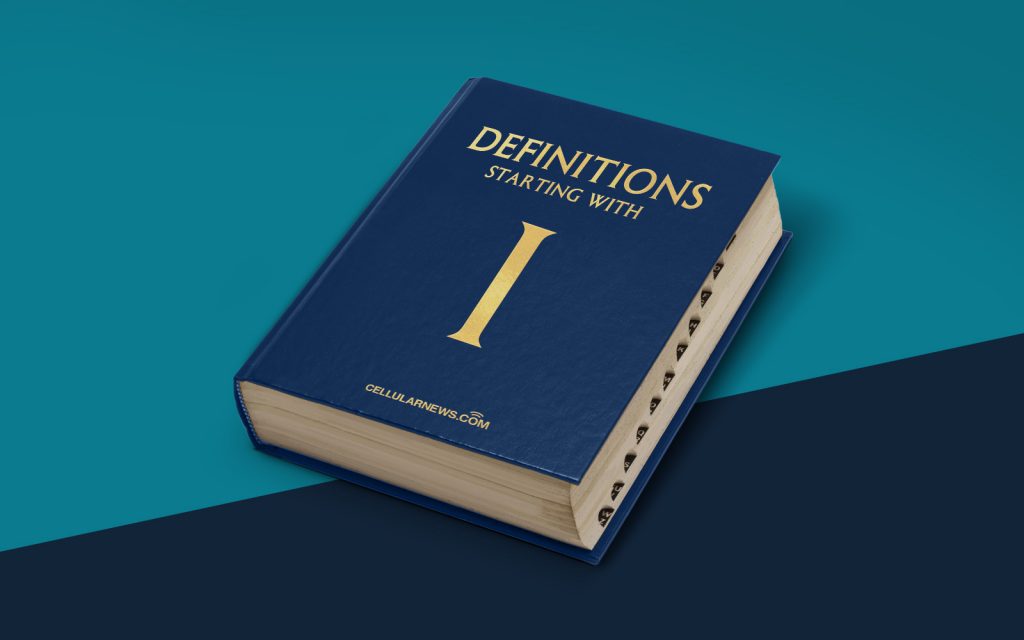
What is an Image Map? A Comprehensive Definition
Welcome to our “DEFINITIONS” blog category, where we aim to provide you with clear and concise explanations of various terms and concepts related to web development and SEO. In this blog post, we will delve into the fascinating world of Image Maps and uncover what they are and how they can be used to enhance your website. So, let’s dive in!
Key Takeaways:
- An image map is a graphic that contains clickable areas, allowing users to interact with specific regions of an image.
- It can be implemented using HTML and CSS, providing a versatile tool for creating interactive and engaging websites.
Understanding Image Maps
Imagine you have a beautiful image on your website, maybe a photograph of a world map or an infographic displaying various statistical data. Now, what if you could make specific regions or elements of that image clickable, redirecting users to different pages or providing additional information? That’s where an Image Map comes into play.
An Image Map essentially transforms a static image into an interactive hotspot that users can click on. You can define multiple areas within the image, assigning different actions to each area. This means that different parts of the image can lead to various destinations or trigger different functionalities when clicked.
Image Maps are created by defining coordinates on the image, which represent the clickable areas. These coordinates are specified using HTML’s <area> tag, and the visual representation of the image map is accomplished by embedding the image into an <img> tag. Additionally, CSS can be utilized to enhance the appearance and behavior of the image map.
Why Use an Image Map?
Image Maps offer several benefits that can enhance the user experience and functionality of your website. Here are a few reasons to consider using an Image Map:
- Interactive Navigation: By making specific regions of an image clickable, you can create unique and engaging navigation menus or interactive infographics that provide an intuitive user experience.
- Reduced Clutter: With an Image Map, you can consolidate information in a single image, eliminating the need for additional separate buttons or links. This helps declutter your web design and presents information in a more visually appealing way.
- Improved SEO: When properly optimized, Image Maps can contribute to your website’s SEO efforts. By using descriptive alt text and incorporating relevant keywords, you can increase the visibility of your images in search engine results pages.
- Enhanced Analytics: By assigning different actions to each clickable area, you can track and analyze user interactions. This valuable data can help you understand user preferences and optimize your website accordingly.
Conclusion
In conclusion, Image Maps are a valuable addition to any web developer’s toolkit. They allow you to transform static images into interactive elements that engage users and provide additional functionality. Incorporating Image Maps into your website can improve navigation, reduce clutter, boost SEO, and provide insightful analytics. So why not explore the creative possibilities of Image Maps and take your website to the next level?
